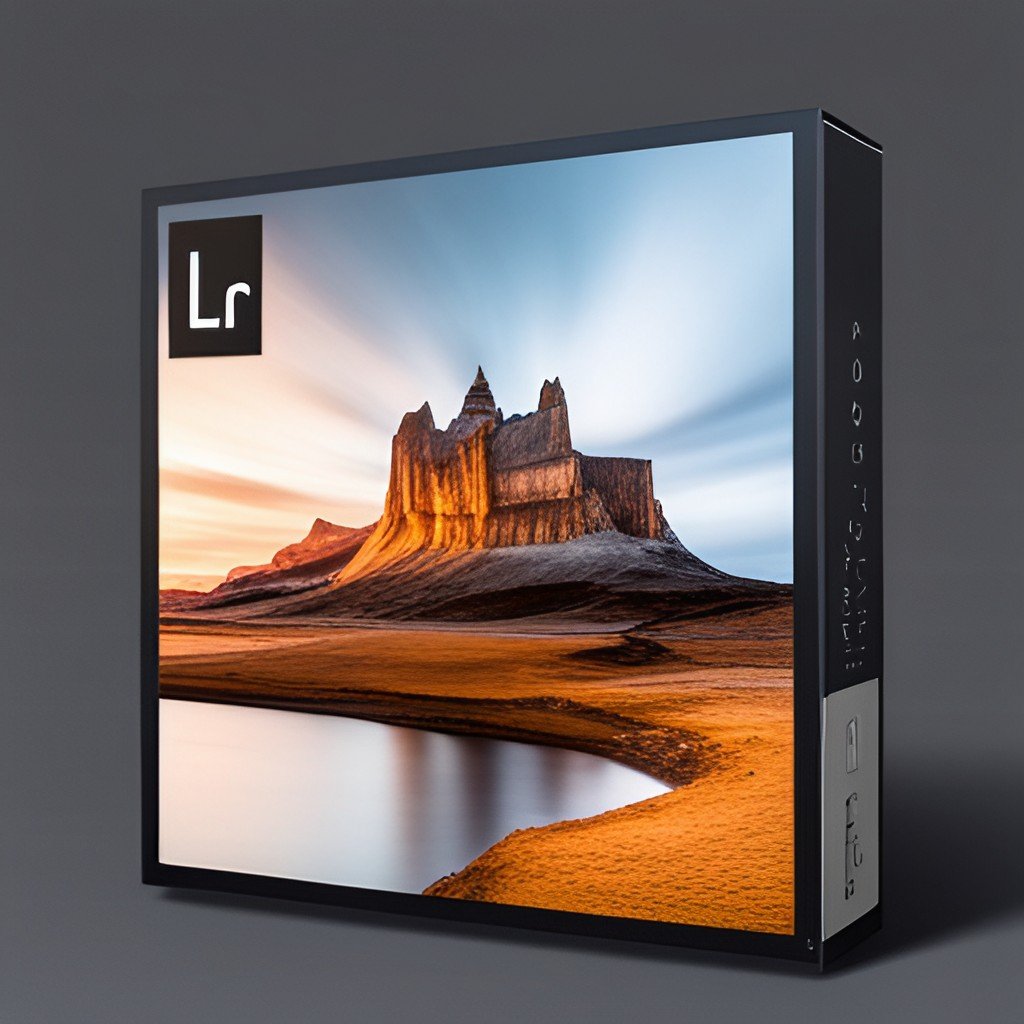How to use the Focus Settings on the Canon R50
Gary Detonnancourt
As a beginning photographer, it can feel overwhelming to navigate all the bells and whistles of a new camera. The Canon R50 is no exception, with an array of focus settings that can take some time to master. But fear not! In this post, we'll break down each focus setting and provide tips on how to use them effectively.
Before we jump into the different focus settings, it's important to understand the basics of focus. Focus refers to the sharpness of an image and is achieved by adjusting the distance between the lens and the camera's sensor. The Canon R50 has three main focus modes: One-Shot AF, AI Servo AF, and Manual focus. One-Shot AF is best for stationary subjects, AI Servo AF is ideal for moving subjects, and Manual focus gives you complete control over focus.
Now, let's dive into the different focus settings:
1. Face Detection AF
Face Detection AF is a helpful tool that automatically detects and focuses on human faces. This feature is especially useful for portrait photography, where you want to ensure that the subject's face is in focus. To activate Face Detection AF, press the Q button on the back of the camera, navigate to the AF method icon, and select Face Detection.
2. Eye Detection AF
Eye Detection AF takes Face Detection AF one step further by focusing specifically on the subject's eyes. This feature is perfect for portrait photography and can help create a more intimate connection between the viewer and subject. To activate Eye Detection AF, go to the AF method icon and select Eye Detection.
3. Zone AF
Zone AF is a versatile focus setting that allows you to select a specific area of the frame for the camera to focus on. This feature is helpful when photographing subjects that aren't centered in the frame or when you want to ensure that a specific area is in focus. To activate Zone AF, press the AF point selection button on the back of the camera and use the joystick to select the desired focus area.
4. Continuous AF
Continuous AF, also known as AI Servo AF, is ideal for photographing moving subjects. This focus setting continuously adjusts the focus as the subject moves, ensuring that they remain in focus throughout the shot. To activate Continuous AF, select AI Servo AF from the AF method icon.
5. Manual Focus Assist
Manual focus can be challenging, especially for beginning photographers. Luckily, the Canon R50 has a helpful tool called Manual Focus Assist that makes it easier to achieve sharp focus. When in Manual focus mode, press the magnifying glass button on the back of the camera to zoom in on the subject and adjust the focus manually. You can also use focus peaking, which highlights the areas of the image that are in focus.
In conclusion, the Canon R50 has a variety of focus settings that can help you achieve sharp, in-focus images. By understanding each focus setting and when to use them, you can take your photography to the next level. Remember, practice makes perfect, so don't be afraid to experiment with different focus settings to find what works best for you. Happy shooting!










